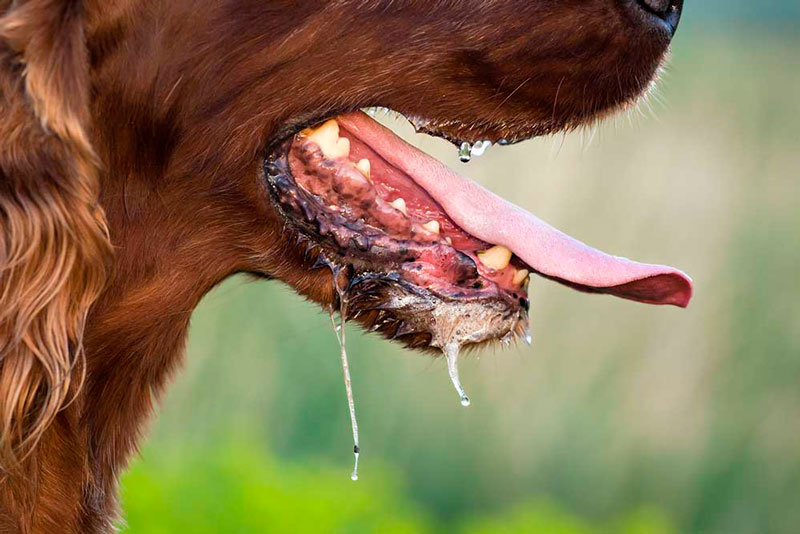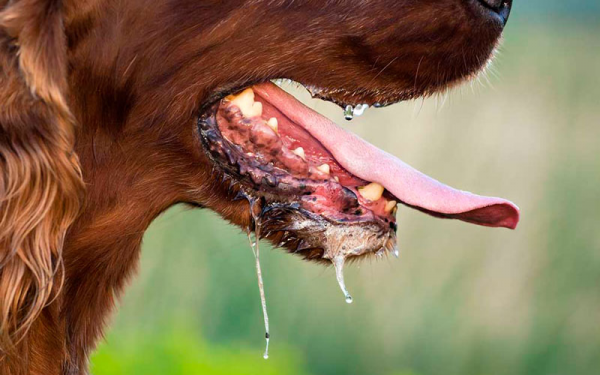Rabies is a deadly virus transmitted through the saliva of infected animals, with dogs being one of the most common carriers. A bite from a rabid dog can have fatal consequences if not addressed immediately and properly. Understanding the dangers of rabid dog bites and knowing the steps to take following an encounter can be lifesaving.
The Dangers of Rabies
Rabies affects the central nervous system, leading to a series of severe symptoms, including fever, headache, excessive drooling, muscle spasms, paralysis, and even death. Once symptoms appear, rabies is nearly always fatal. Therefore, it’s critical to act swiftly if you or someone you know is bitten by a dog suspected of having rabies.
Immediate Steps to Take After a Bite
Clean the Wound: Immediately wash the bite area with soap and running water for at least 15 minutes. This can significantly reduce the virus’s amount that enters the body.
Disinfect: Apply an antiseptic solution to the wound to further reduce infection risk. Alcohol or iodine can be effective in this regard.
Seek Medical Attention: Regardless of the wound’s severity, it’s imperative to consult a healthcare provider as soon as possible. A doctor will assess the risk of rabies and may administer a series of rabies vaccinations as a precaution.
Post-Exposure Prophylaxis (PEP)
If there’s a possibility that the dog was rabid, post-exposure prophylaxis (PEP) is necessary. PEP involves a course of rabies vaccines that need to be administered according to a specific schedule following exposure. The first dose should be given as soon as possible after the bite. PEP is highly effective at preventing the virus from causing illness if administered promptly.
Prevention and Precaution
Preventing rabid dog bites involves both community and individual efforts. Vaccinating pets against rabies, avoiding contact with stray or unknown animals, and educating communities about rabies can significantly reduce the risk of transmission.
Reporting and Monitoring
If bitten by a dog, try to gather information about the animal (e.g., owner details, vaccination status) and report the incident to local health authorities. This can help in assessing the rabies risk and in taking necessary control measures to prevent further incidents.
Conclusion
A rabid dog bite is a medical emergency that requires immediate action. By promptly cleaning and disinfecting the wound, seeking medical advice, and following through with recommended rabies vaccinations, individuals can dramatically reduce the risk of developing this fatal disease. Awareness, education, and prevention are key in managing the risks associated with rabid dog bites, protecting both human and animal lives.



